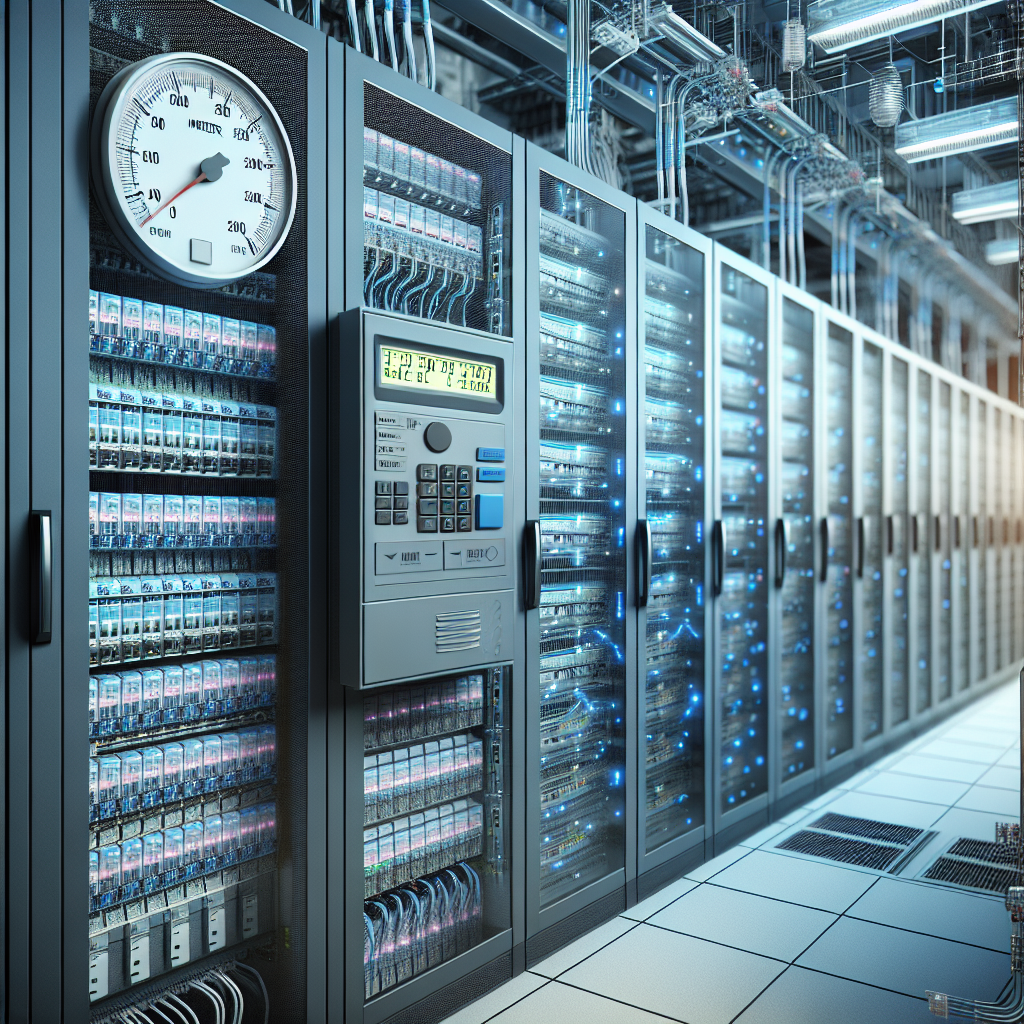AnyFix for Windows – One-Time Purchase/5 Devices
Managing power distribution in a data center is crucial for ensuring the smooth operation of all the equipment housed within it. With the increasing demand for data storage and processing capabilities, data centers are consuming more power than ever before. To effectively manage power distribution in a data center, it is important to follow best practices that can help maximize efficiency and minimize downtime. Here are some best practices for managing data center power distribution:
1. Conduct a power audit: Before implementing any changes to the power distribution system in a data center, it is important to conduct a thorough power audit. This will help identify any inefficiencies in the current setup and determine the power requirements of the equipment in the data center. By understanding the power consumption patterns of the equipment, data center operators can make informed decisions about how to optimize power distribution.
2. Use energy-efficient equipment: One of the simplest ways to reduce power consumption in a data center is to use energy-efficient equipment. This includes servers, storage devices, cooling systems, and power distribution units. Energy-efficient equipment not only helps reduce electricity bills but also minimizes the heat generated, which in turn reduces the load on the cooling systems.
3. Implement power monitoring and management tools: To effectively manage power distribution in a data center, it is important to have real-time visibility into the power usage of all the equipment. Power monitoring and management tools can help data center operators track power consumption, identify areas of inefficiency, and make adjustments to optimize power distribution. These tools can also help set thresholds and alerts for power usage to prevent overloading the circuits.
4. Implement a power distribution redundancy: To ensure uninterrupted power supply to critical equipment in a data center, it is essential to have a redundant power distribution system in place. This includes redundant power sources, backup generators, and uninterruptible power supply (UPS) systems. Redundancy helps mitigate the risk of power outages and ensures that the data center can continue to operate smoothly even in the event of a power failure.
5. Optimize cooling systems: Cooling systems are a significant consumer of power in a data center. By optimizing the cooling systems, data center operators can reduce power consumption and improve overall efficiency. This can be achieved by implementing hot aisle/cold aisle containment, using economizer cooling systems, and maintaining proper airflow management within the data center.
6. Regular maintenance and testing: To ensure the reliability of the power distribution system, it is important to conduct regular maintenance and testing. This includes inspecting electrical connections, testing backup power systems, and performing load testing on circuits. Regular maintenance can help identify potential issues before they cause downtime and ensure that the power distribution system is operating at peak efficiency.
By following these best practices for managing data center power distribution, data center operators can optimize power usage, improve efficiency, and minimize downtime. With the increasing demand for data storage and processing capabilities, effective power management is essential for the long-term success of a data center.


Leave a Reply